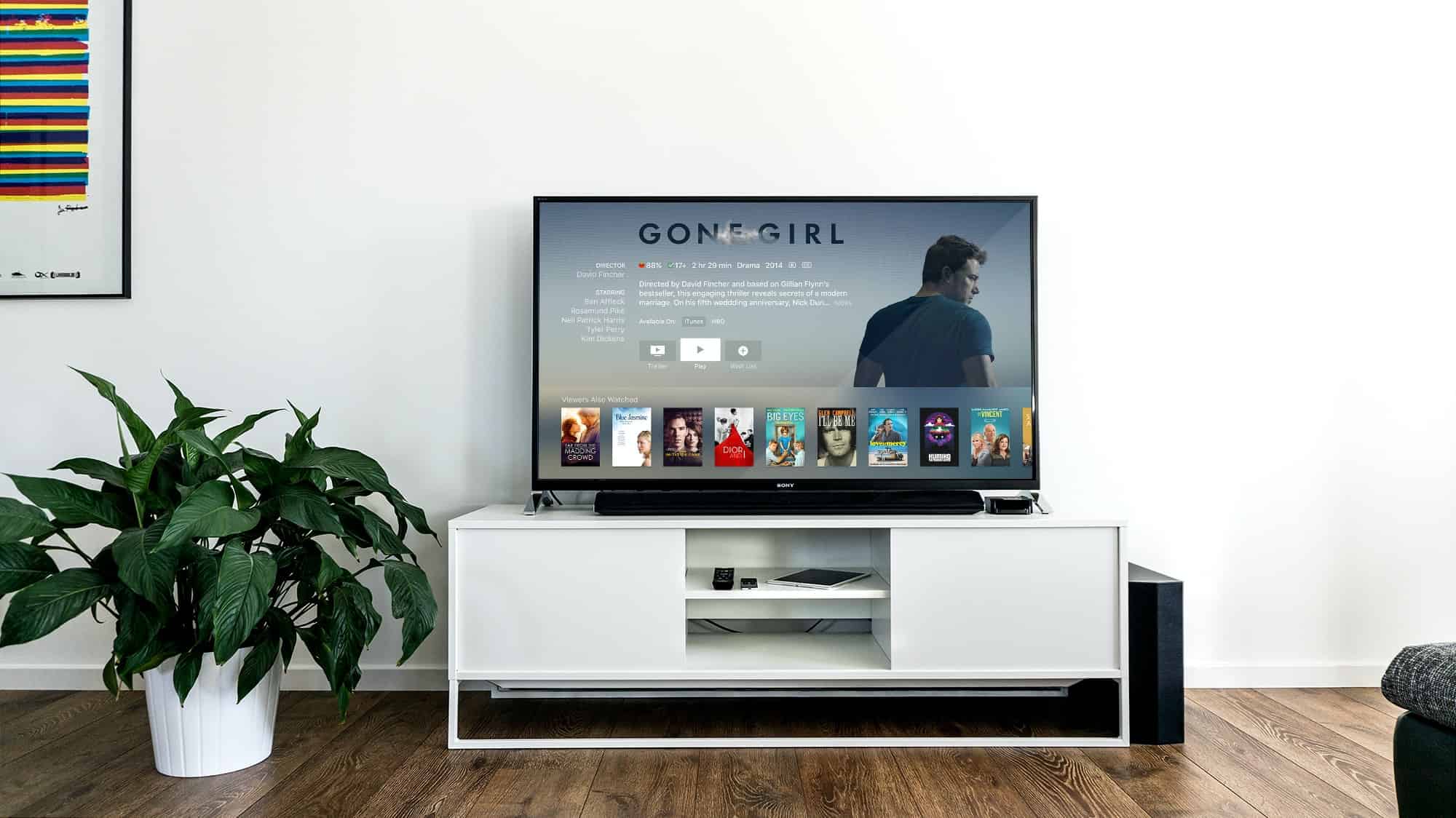The truth is subscription pricing is more than a trend – it’s been around for years now and is gaining momentum. Everything as a Service (EaaS) means that everything that used to be available as a one-time payment will now be available to purchase as a recurring payment. There are three trends around subscription pricing which are game-changers and which both B2B and B2C businesses should be keeping a close eye on this year.
-
Attaching Subscription Services to Hardware Purchases
Hardware as a Service (HaaS) models emerged alongside the IoT, as early as a decade ago, and are now considered fairly standard software and hardware pricing strategies, especially in the B2B realm. Various companies have experimented in offering laptops, desktops, servers, software, wireless services, hardware, and cloud subscriptions with varying degrees of success. Having worked out most of the kinks, other industries are now following suit and emulating the IT industry’s best practices.
It makes sense – when you think outside the box as to what the word “hardware” can encompass (any tool, machinery, equipment, or built “thing”), you can see the benefit of attaching a subscription to what was traditionally a one-time expense. This is a move that’s already been solidified within the IT and mobility industries. Smartphones, for example, are a piece of hardware that epitomize the subscription model in a way most of us are familiar with. Consumers sign a one, two, or three-year contract in which they pay a monthly fee for the phone and related services, usually with the option of upgrading to a new phone at the end of the term. In addition to a contract with the carrier, there are many third-party smartphone apps (like Spotify and Apple Music) that are subscription-based.
Now, other B2B and B2C industries are following suit, capitalizing on this opportunity to secure recurring revenue. The automotive industry is one of the leaders. Elon Musk’s subscription updates for Tesla models was revolutionary and has spurred others, like Fisker Inc. CEO Henvrik Fisker recently announced on LinkedIn that Fi-Pilot hardware will be standard on all Fisker Oceans and a subscription fee will be charged for the related software.
We’re also seeing this shift within the fitness industry in connected exercise equipment like Peloton and the Mirror and familiar tech like the Apple Watch, which now offers a digital workout subscription through Apple Fitness+. These are just two of many industries that have found a way to tack subscriptions onto hardware. We predict that we’ll see this much more in 2021 and beyond.
-
Pushing the Boundaries of Subscription Offers
Subscription pricing is being tested in some surprising industries. Meal prep and delivery boxes gained in popularity this past year due to the pandemic, and the restaurant industry has tested out subscription models for take-out guests. While subscriptions boxes – everything from wine to fashion to grooming – have pushed the envelope on innovation over the past several years, we’re seeing larger, more established industries test the waters out, too.
The entertainment industry has already jumped on this trend, with providers like Netflix, HBO Max, and Disney+ offering Content as a Service (Caas). As pandemic-related restrictions on gatherings forced movie theatres to close around the globe, entertainment giants like Universal Pictures have responded by releasing feature films on streaming platforms. Dune, Mulan, and Wonder Woman 1984 are three blockbuster movies that have been released directly to the online rental, which offers a new source of data to content providers about audience preferences and behavior. Collecting consumer data is a huge benefit of subscription pricing– the trick is knowing how to use that data effectively to refine pricing strategies and drive business. One could argue that innovations in CaaS have saved the news industry. Apple News+, a subscription service that provides access to hundreds of magazines, newspapers, and premium digital publishers comes to mind. Of course, even free accounts require users to provide basic data that is then used for analytical purposes.
The travel industry is also experimenting with subscription pricing. Towards the end of 2020, eConsultancy suggested that the subscription model may gain traction in 2021 in the industry when borders open once again. It’s predicted that subscriptions will be used as a way for brands to foster loyalty with luxury travelers while also delivering options for value-conscious consumers. This strategy touches on another benefit of subscription pricing – the opportunity to customize pricing for very different types of customers.
-
A Mixed Bag – Innovative Subscription Pricing Models
As subscription models expand beyond traditional industries, we’re seeing real pricing innovation in how they’re offered – from fully fixed to fully variable subscription offerings, and everything in.

Whatever new subscription offerings are tested, the key remains the same – for businesses to determine the sweet spot in which their subscription model best matches consumer use, perceived value, and pricing thresholds. Data, customer use, and segmentation cases remain critical in guiding profitable subscription pricing strategies.
Whether you’re crafting or refining a subscription pricing model for your business, contact the team at Pricing Solutions to find that sweet spot, which will increase customer satisfaction while maximizing revenue.





